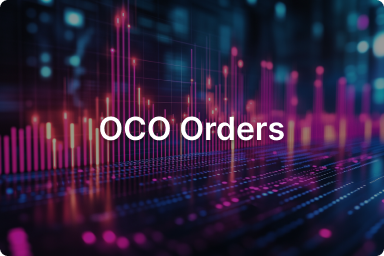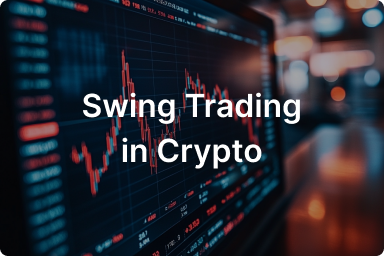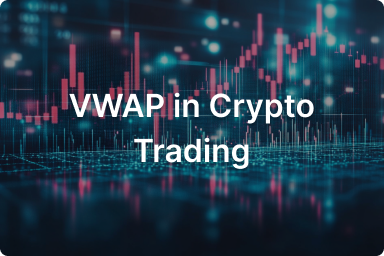Blog
Product updates. Industry insights. Company news.

Why PnL Is Not a Single Number
July 10, 2025
Why profit and loss in trading can’t be reduced to a single figure. Explore the many moving parts behind realized, unrealized, and synthetic PnL metrics.

Systemic Neutrality in Execution
July 8, 2025
What neutrality means inside trading systems. How platforms interpret zero exposure, and why position closure doesn’t always equal resolution.

Time-in-Force and Order Lifespan in Execution Systems
July 1, 2025
A precise look at how TIF flags like GTC, IOC, and FOK behave inside crypto matching engines under real-world conditions and execution load.

Your Bourse and Axon Trade Partner to Expand Access to Digital Asset Markets
May 29, 2025
A partnership overview between Axon Trade and Your Bourse focused on digital asset market access. The piece outlines how Your Bourse clients can now access Axon Trade’s execution and market data tools, benefiting from FIX integration, liquidity aggregation, and cross-venue trading. It also highlights what each company brings to the table in the institutional trading space.

Execution During Cascades
May 20, 2025
What trading systems actually do during liquidation cascades. How platforms reorder execution, delay feedback, and degrade quietly under pressure.

Reduce-Only Orders in Crypto
May 15, 2025
A close analysis of reduce-only orders in crypto trading. How they behave across platforms, what they prevent, and where assumptions still break.

Partial Fills and the Fragility of Assumptions
May 12, 2025
Analyzing how partial fills occur in crypto trading, their impact on automated strategies, and the structural risks they introduce across different platforms.

OCO Orders: Execution, Failure, and Use at Scale
May 8, 2025
How OCO logic works across platforms, where it fails under load, and what professional traders do to control risk when one outcome cancels another

Crypto Arbitrage Strategies
May 5, 2025
A realistic look at crypto arbitrage in 2025. From cross-exchange spreads to hidden edges, here’s what traders still use—and what they’ve stopped pretending works.

Swing Trading in Crypto: Strategy, Timing, and Risk
May 1, 2025
A closer look at swing trading in crypto markets. Learn how traders use short-to-medium-term moves to find entries, manage risk, and avoid overtrading.

What Makes Bitcoin Different from Other Cryptocurrencies
April 29, 2025
Bitcoin works under a different set of assumptions than most cryptocurrencies. This article looks at how its structure, rules, and culture make it stand apart.

VWAP in Crypto Trading
April 24, 2025
Learn how VWAP works in crypto. This guide covers volume-weighted execution, how to use VWAP to manage large orders, and when it makes sense to apply it.
Previous
- 1
- 2
- 3
- ...
- 8
- Next
Subscribe to our newsletter
Join our mailing list and get the latest news, updates, and exclusive offers delivered to your inbox.
We don’t share your email address publicly
